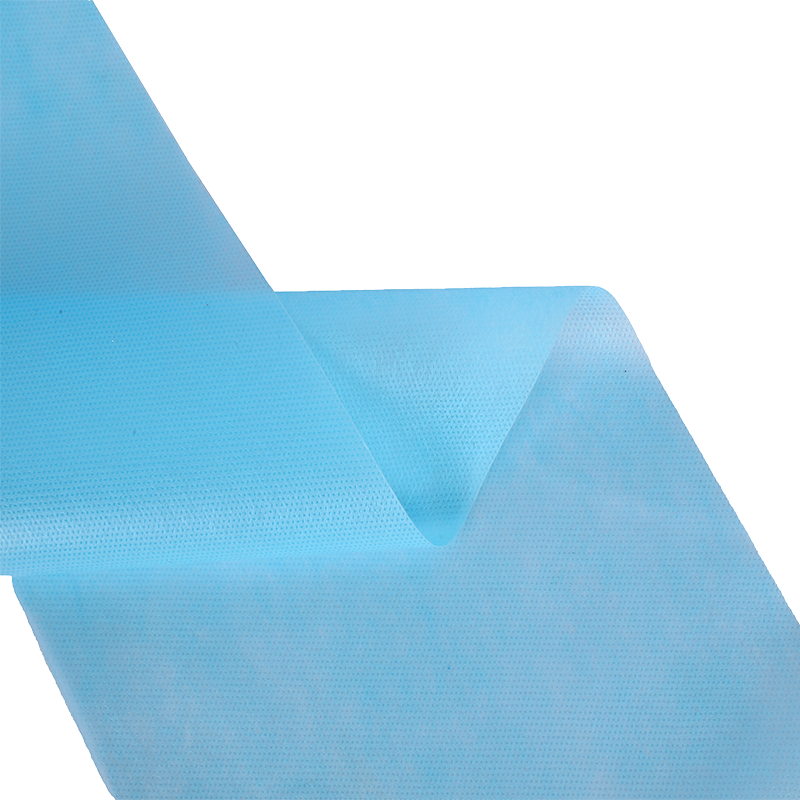What is Non-Woven Fabric?
While you've probably heard of Non-woven Fabric, but don't know what it is, it's an important component of many products. In fact, it is the material of choice for many medical products. But before you start designing your next medical product, you should understand the limitations of this material. The downsides include a limited mechanical strength, poor drape and handle, and a lack of elongation and tensile strength. The upsides, however, make it an excellent choice for many medical and technical applications.
Non-woven fabrics are made from fibers that are not interwoven, but instead are grouped together. They are generally made from various materials and can be produced using a variety of manufacturing processes, including weaving and knitting. One common type of non-woven fabric is felt, which is created by agitating fibers in a solution. The properties of these materials are similar to those of natural fibers, which means they can be washed or dry cleaned.
Fiber lay is a crucial factor in the classification of non-woven materials. Some fibers are air-laid while others are laid by a carding machine. Either method results in a durable non-woven fabric. These materials can be produced in multilayer or single-layer styles, with multiple layers of different fibers. Each layer of fabric provides a different functional property. Once a multilayer non-woven material is created, it will become a popular choice for many textile applications.
The many applications of nonwoven materials are virtually endless. From cleaning and filtering to aesthetic enhancements, nonwovens can be found in almost any home. High-quality non-woven fabric is not only practical and functional, but also looks attractive. This fiber has been around for years and continues to evolve. With the use of nonwoven materials, nonwoven fabrics are transforming the way we live, work, and play. So, whether you're looking for a new way to use non-wovens, don't hesitate to look into them.
The Garnett Machine is an important component of the non-woven industry. Manufacturers in Northern England began binding fibers chemically and mechanically. The resulting product, called batts, was the precursor to today's non-woven fabrics. As a matter of fact, patents from the 1930s indicate that batts were used to insulate railroad boxcars in the U.S. As time went on, non-wovens have progressed far beyond Garnett's dreams.
The use of nonwoven fabrics has become widespread in clothing, both single-use and durable. Among the most prominent markets for nonwoven fabrics are protective clothing, garment linings, interlinings, waddings, shoe linings, and synthetic leather fabric. While these fabrics are highly durable, they have had limited success in the outerwear market. So, it's vital to understand the benefits of these fabrics and how they work in everyday life.
Besides being durable and comfortable, non-woven fabrics can be recycled. They're also bacteria-resistant, which means that they can be used in medical applications. The benefits of non-woven materials include low production costs and recyclability. In addition, non-woven polypropylene is widely available across several industries, including the fashion industry. It can be used in apparel, shoes, jewelry, and more. If you're looking for a sustainable and durable fabric, non-woven polypropylene is the way to go.
